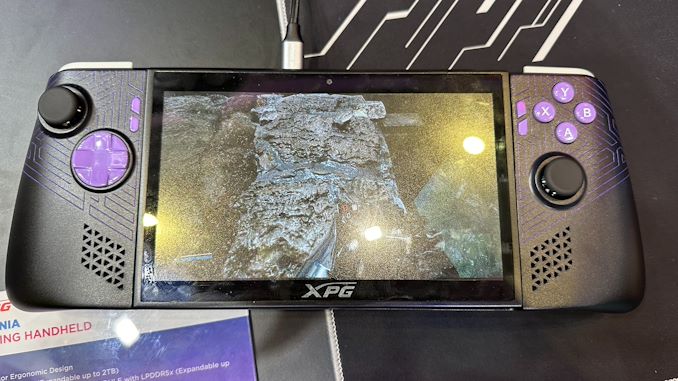Hey everyone, we’re back again for news and rumors.
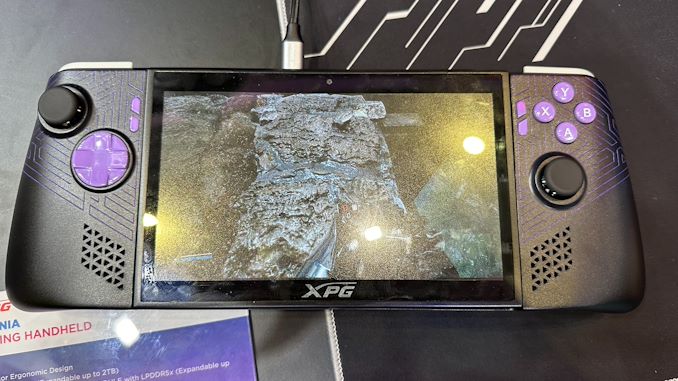
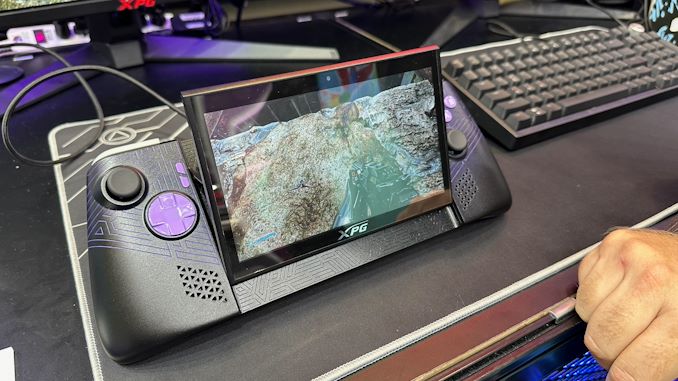
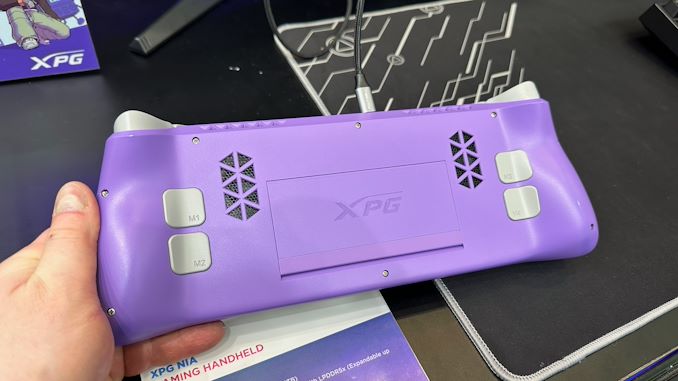
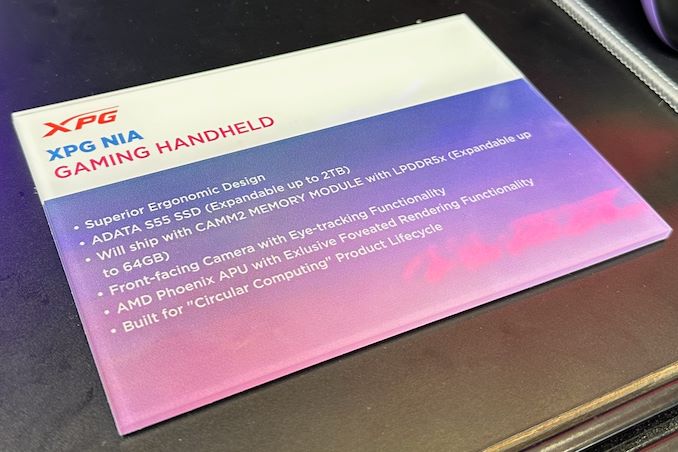
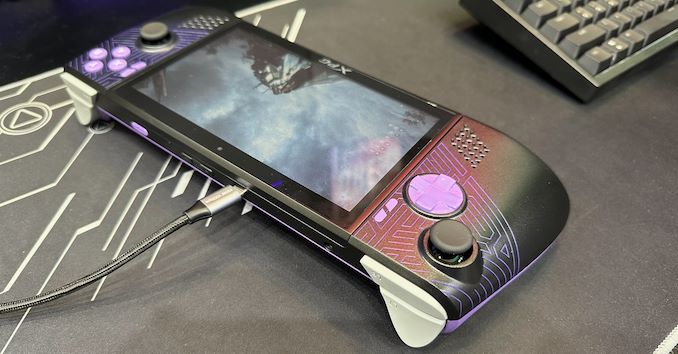
The handheld gaming PC market has been witnessing a surge lately, prompting PC vendors and their partners to explore various methods to enhance game framerates. At this year’s Computex trade show, ADATA’s sub-brand XPG showcased a promising innovation: their prototype “Nia” handheld PC, incorporating eye tracking and dynamic foveated rendering to elevate rendering performance.
Dynamic foveated rendering, unfamiliar to some, is a graphics technique utilized to amplify performance in virtual reality (VR) and augmented reality (AR) applications. It capitalizes on human vision, which primarily focuses on detailed imagery within the central foveal area, leaving peripheral vision less detailed. By employing real-time eye tracking, this technique renders only the area being observed in high resolution, while peripheral areas are rendered in lower resolution. The outcome is a reduction in rendering workload, subsequently enhancing framerates on devices with performance constraints.
According to a press release by ADATA before the trade show, AMD collaborator Eyeware is supplying the eye-tracking technology. Notably, their software-based approach is compatible with standard webcams, eliminating the need for specialized IR cameras, and simplifying the camera hardware.
Apart from foveated rendering, XPG is ensuring that the Nia is more than just a specialized device. Its standout feature lies in its hardware adaptability. The prototype boasts a removable M.2-2230 SSD and takes advantage of the LPCAMM2 memory module standard, enabling the swapping of DRAM for higher-capacity versions. This adds a layer of future-proofing, contrasting with current handhelds that have non-replaceable soldered-down memory.
Powered by AMD’s Zen 4 Phoenix APU, shared across the company’s current mobile lines, the prototype also features an adjustable display, offering flexibility in its usage.
Pending successful testing of the prototype, XPG plans to launch the finished product in 2025.


